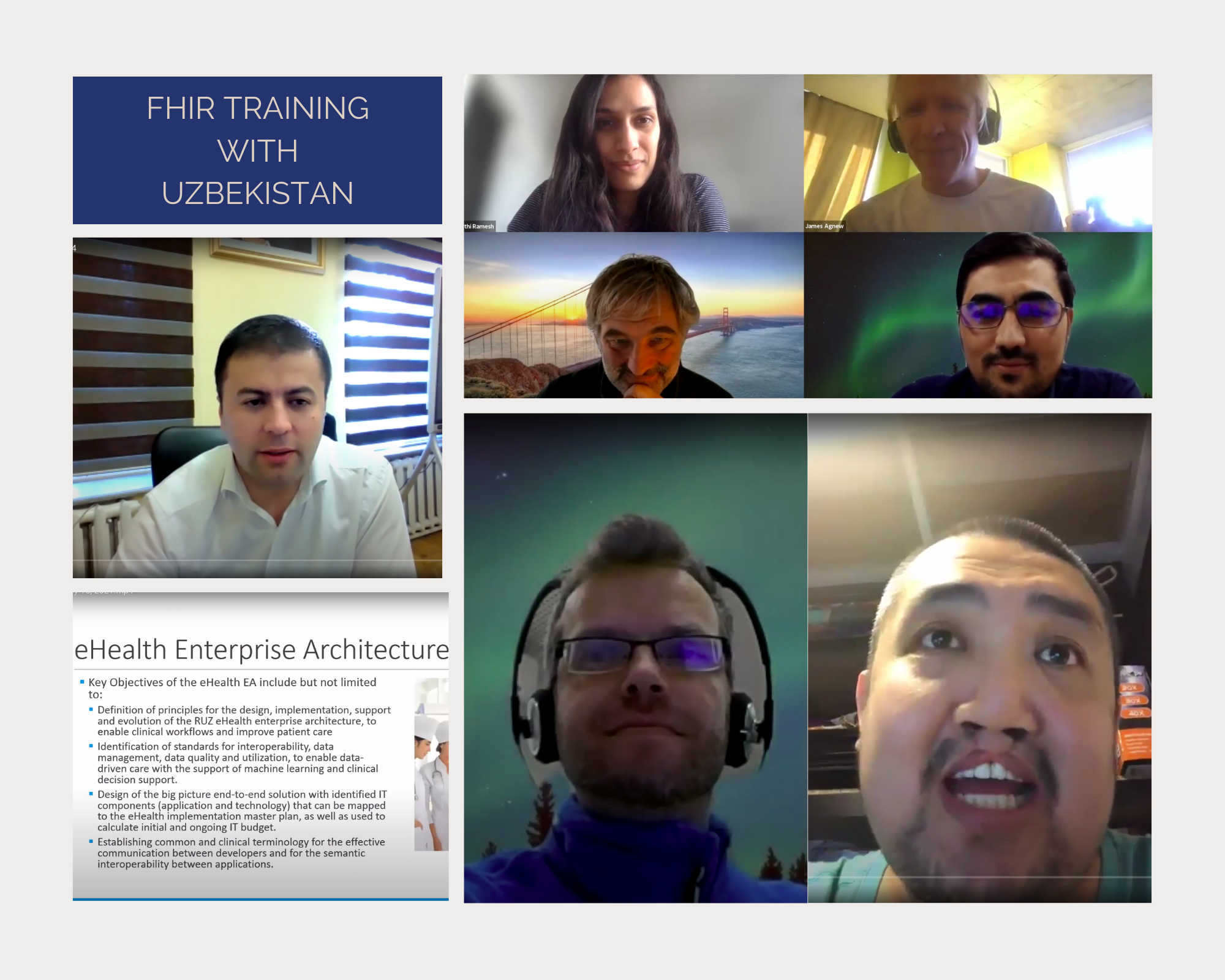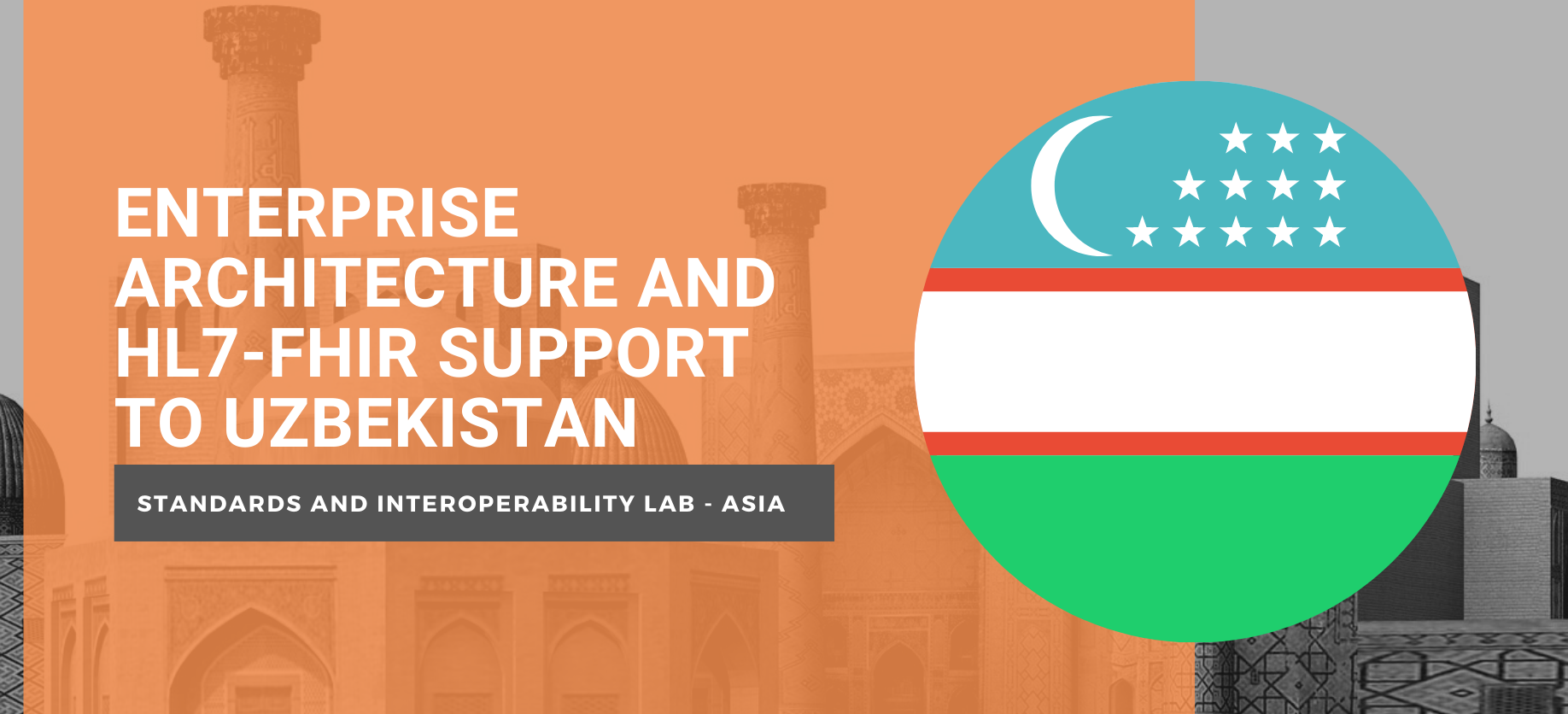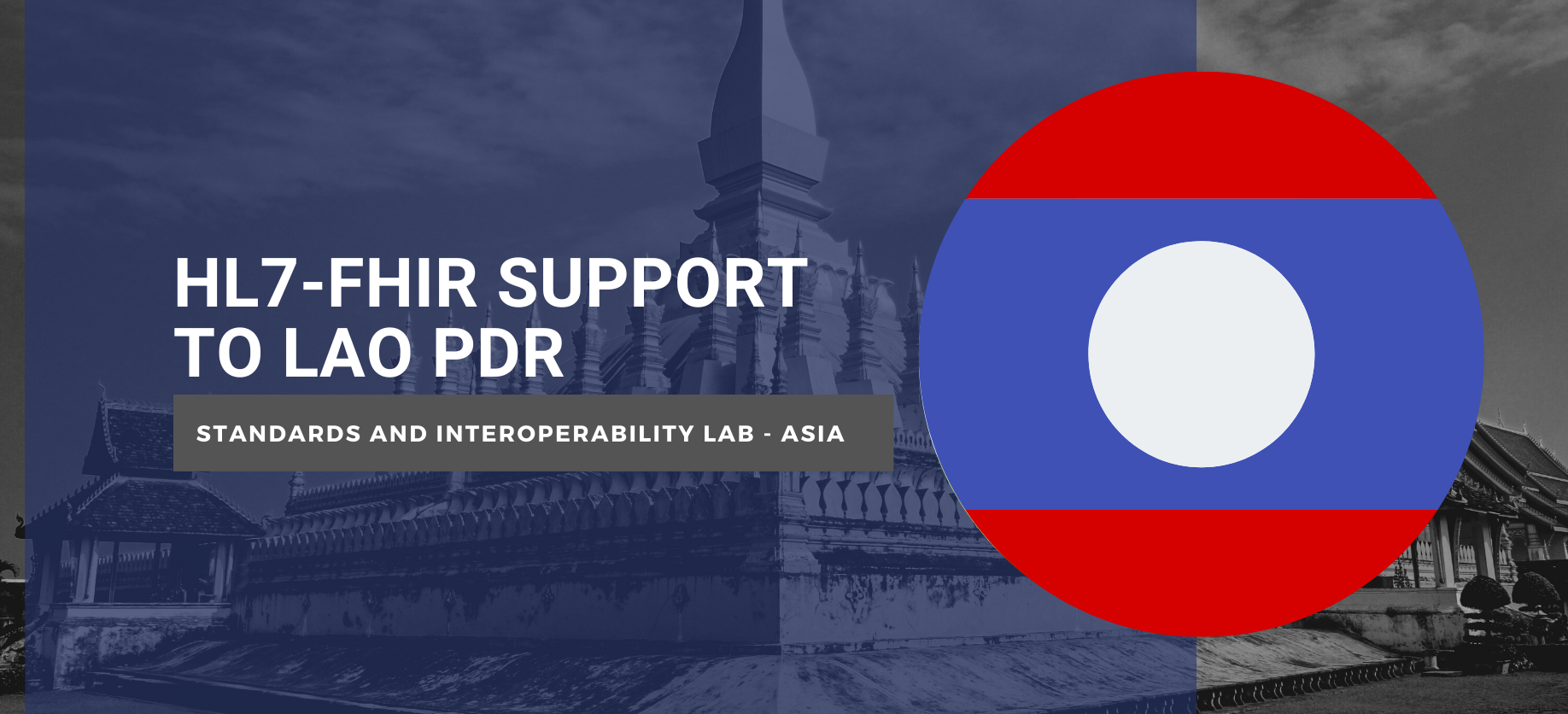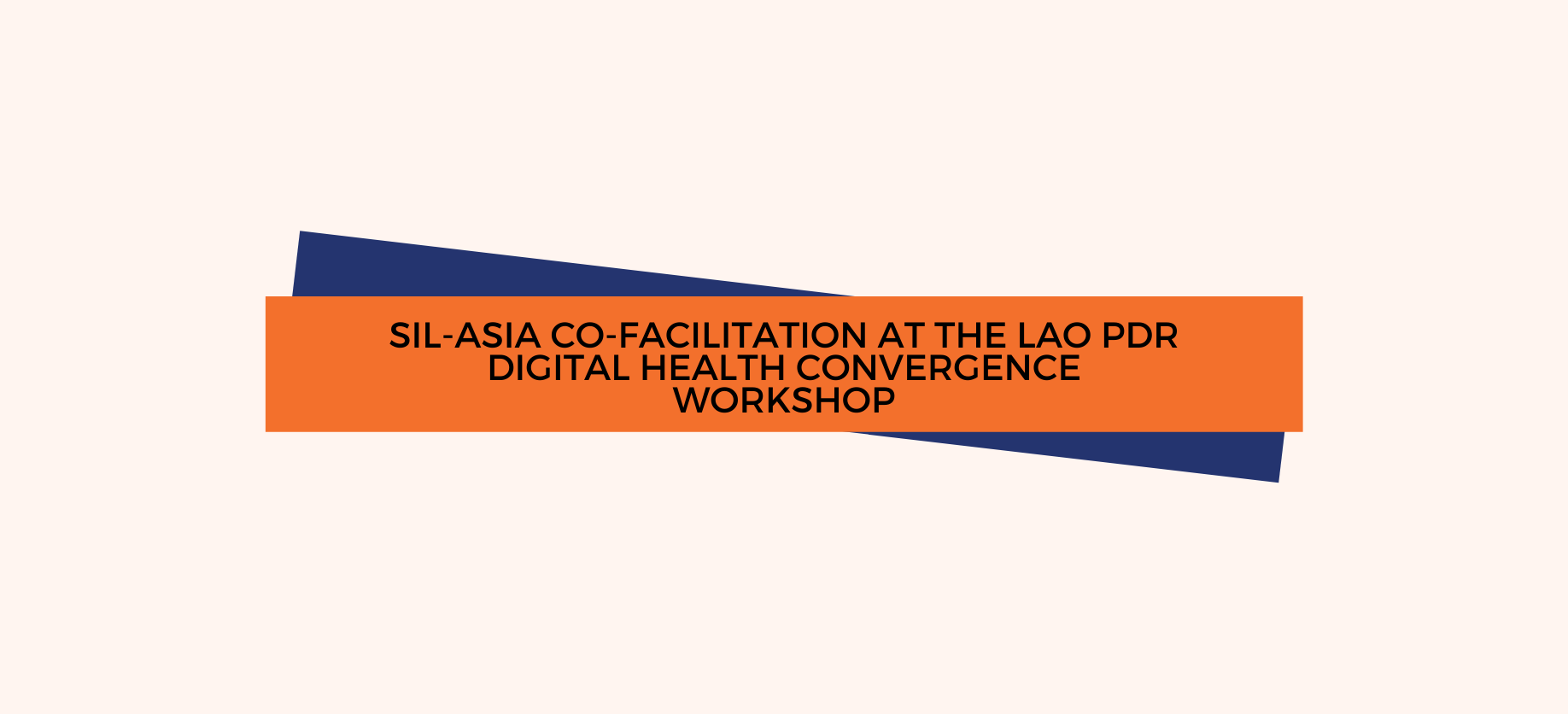The Standards and Interoperability Lab – Asia (SIL-Asia), with support from the Asian Development Bank (ADB), has provided support to the Ministry of Health of the Republic of Uzbekistan in (1) developing a reference digital health enterprise architecture, and in (2) capacity development on the interoperability standard Health Level Seven International – Fast Healthcare Interoperability Resources (HL7-FHIR).
The enterprise architecture was developed jointly with ITMED under the leadership of Deputy Minister Abullah Azizov as part of the Ministry of Health’s digital health program.
On February 15, 2021, the finalized enterprise architecture was presented to a larger group of stakeholders from the Ministry of Health and Development Partners. At the virtual workshop, James Agnew, HAPI-FHIR Project Lead, and Philip Christian Zuniga, SIL-Asia Technical Director, further provided an introduction to HL7-FHIR.
On February 22, March 1, and March 9, 2021, SIL-Asia facilitated a series of technical deep-dive sessions on HL7-FHIR which covered topics such as FHIR Application Programming Interfaces (APIs), developing FHIR profiles, and the process of setting up a HAPI-FHIR, a complete implementation of the HL7 FHIR standard for healthcare interoperability in Java.

The ADB’s support recognizes the importance of digital health as part of the overall health systems strengthening assistance it provides to countries. To further harness the benefits of using digital health, the ADB also helps countries adopt, implement, and deploy standards–based solutions.
The capacity building and development of the enterprise architecture will contribute to the design and implementation of health information systems in the country. The enterprise architecture will define the blueprint on how identified information technology components can align with the national digital health program goals and objectives.
Also, a critical part of designing the reference digital health enterprise architecture is the identification and adoption of standards for interoperability, data management, data quality, and data use. With this, the Ministry of Health’s capacity-building support in Uzbekistan included a workshop series on HL7-FHIR, the leading standard in healthcare today. Hospitals use HL7-FHIR in connecting various hospital-based information systems like patient management systems, laboratory information systems, and billing systems.
For more information, visit this page to browse SIL-Asia’s HL7-FHIR presentation slides in Russian.
The concept for the Standards and Interoperability Lab – Asia was first conceived at the Regional Interoperability Workshop organized by AeHIN in Manila last August 2015 at the sidelines of the Global Health Research Forum. The regional lab was designed to serve as a template of labs in each country that will later form into the Community of Interoperability Labs (COIL).







